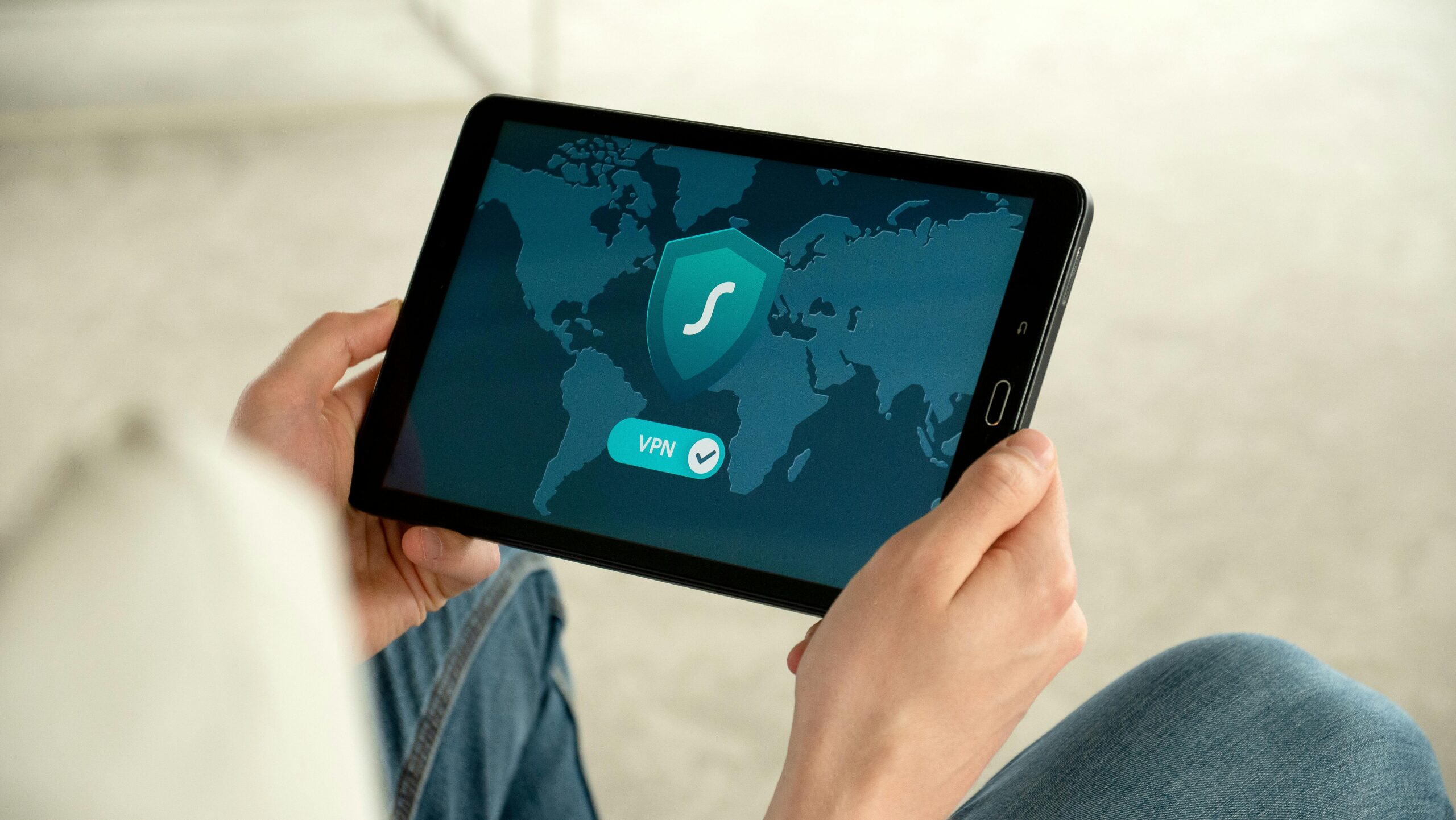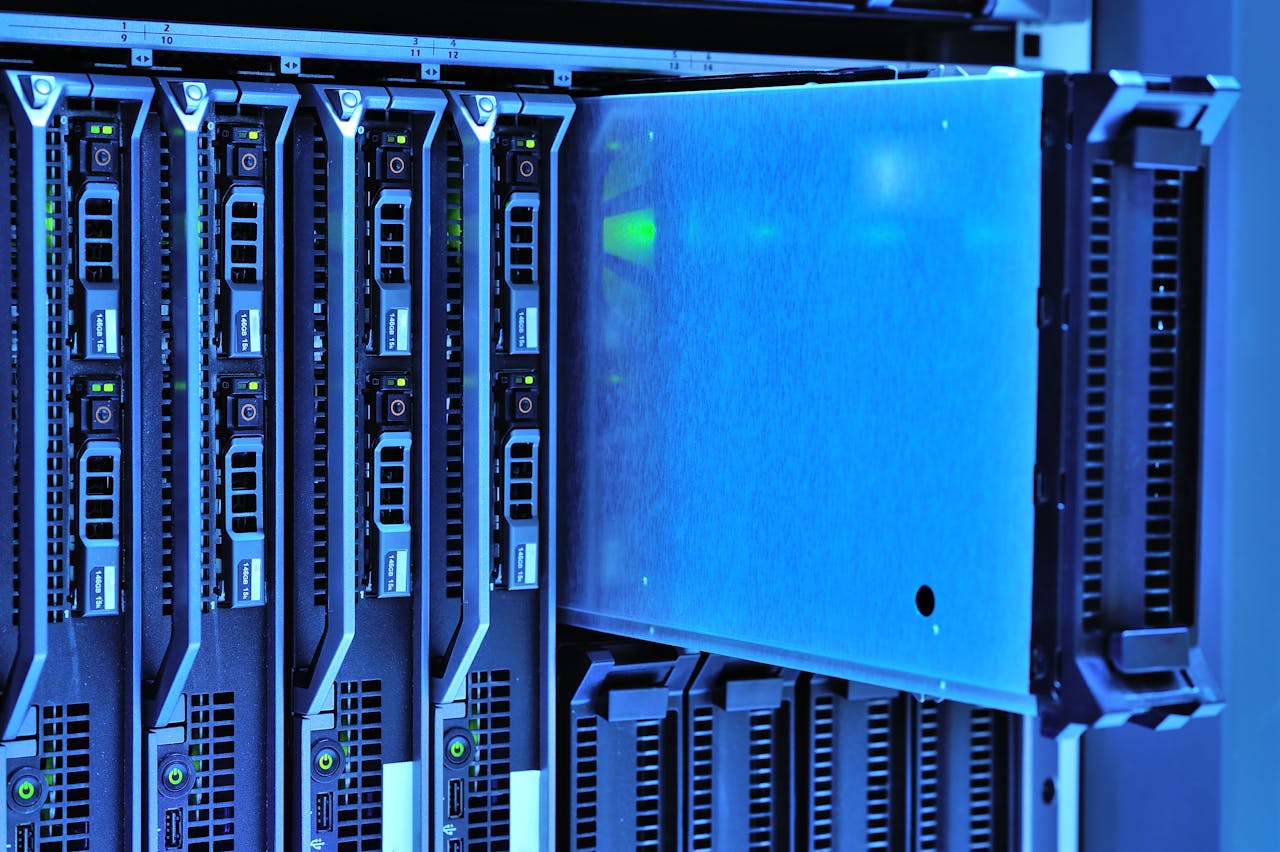Managed Detection and Response (MDR) is no longer optional—it’s survival. As cyberattacks outpace defenses, tomorrow’s MDR will rely on AI-powered threat hunting, zero-trust architecture, and global threat intelligence to spot stealthy breaches before they strike. This blog strips away the hype to show how businesses can harness these innovations, from automating compliance to flipping reactive security into unshakable resilience. For CISOs and IT leaders, we break down proven tactics to turn future trends MDR offers into a strategic asset: slashing costs, dodging ransomware, and future-proofing operations in a world where every second counts. Stay ahead, or get left behind.
Real-Time Threat Detection and Response
AI and continual monitoring let MDR services detect ransomware instantaneously. Businesses reduce reaction times and avoid breaches by combining automated technologies with 24/7 human control. Rapid detection is essential for hybrid cloud operations to ensure security and compliance with global standards.
- Proactive Threat Hunting: Modern MDR teams actively search networks for hidden risks, targeting advanced attacks that bypass basic defenses. Techniques like behavioral analysis and dark web monitoring uncover threats like phishing campaigns early, stopping attackers before they compromise critical systems. This shift from reactive alerts to proactive defense reduces long-term risks.
- AI & Skilled Analysts: AI handles data-heavy tasks like anomaly detection, while human experts validate risks and guide action. This balance improves accuracy, catching threats like deepfake scams that purely automated systems might miss. The partnership between tech and talent makes MDR adaptable to evolving attack methods.
- Growing Adoption in ANZ: Businesses across Australia and New Zealand increasingly adopt MDR to counter rising cyberattacks. Providers offer tailored solutions for local needs, from healthcare to critical infrastructure, addressing skill shortages and providing cost-effective protection without requiring in-house security teams.
- The Expanding Threat Landscape: The adoption of clouds and remote work exposes fresh threats that drive demand for MDR’s scalable protection. In sectors such as banking and healthcare, threats like ransomware and supply chain breaches force businesses to embrace MDR for real-time protection, regulatory compliance, and the lowest possible financial risks.
Key Future Trends MDR Offers
What’s next for managed detection and response? Here are the top trends predicted to reshape the MDR industry.
1. AI and Machine Learning in MDR
Artificial intelligence will hone danger detection and response capacity even further. Driven by artificial intelligence models, predictive analytics will let companies foresee and mitigate risks before they become real. Machine learning-driven tools will always change to fit new attack routes and increase efficiency over time.
- Real-world benefit: AI will allow businesses to customise threat detection parameters while automating repetitive security tasks.
- Example use: An AI-driven MDR platform identifies unusual file access patterns hinting at a ransomware attack, enabling preemptive action.
2. Increased Automation in Threat Response
MDR services will increasingly rely more on automation to enable security teams to react to assaults faster and with more accuracy. Automated processes will free the human ability to concentrate on strategic activities by handling repetitious chores such vulnerability patching, endpoint containment of infected devices, and user access limitations.
- Key Advantage: Faster incident response times with reduced human error.
- Example Use Case: When a phishing email is detected and flagged, automated systems can immediately disable the suspect account and isolate affected endpoints.
3. Integration with Zero Trust Architectures
The Zero Trust model ensures that every user, device, and application is verified before network access is granted. MDR providers will increasingly align their services with this architecture, ensuring organisations’ security postures remain airtight.
- Prediction: Zero Trust-enhanced MDR will provide granular monitoring across networks, identifying policy violations in real time.
- Example: MDR integrated with Zero Trust principles can rapidly revoke access for compromised devices, protecting critical systems.
4. Focus on Cloud Security and Hybrid Environments
With more businesses moving operations to the cloud and adopting hybrid environments, MDR solutions will need to tackle these specific challenges. Monitoring cloud assets, securing SaaS platforms, and protecting hybrid infrastructures will take centre stage in MDR offerings.
- Emerging Needs: A focus on cloud-native threats such as insecure APIs, misconfigurations, or data breaches.
- Example: Using MDR solutions to track unusual spikes in cloud applications or unauthorised SaaS integrations.
5. Industry-Specific Threat Intelligence
Sector-specific intelligence will become more accessible through MDR platforms. Healthcare, finance, and retail businesses face distinct risks, and customised intelligence will allow organisations to better counter the threats targeting their industry.
- Benefits: Faster, more informed decision-making based on real-time insights tailored to sector-specific challenges.
- Example: For healthcare providers, MDR-integrated solutions can prioritise mitigating sensitive data exfiltration attempts targeting EMR systems.
6. Greater Emphasis on Compliance and Reporting
Global regulatory landscapes are becoming stricter. From Australia’s Notifiable Data Breaches (NDB) scheme to GDPR for businesses with a global presence, MDR solutions will evolve to incorporate advanced compliance reporting tools.
- Compliance in Action: Automated reporting will generate audit trails to meet governmental and industry-specific mandates.
- Example: Use of MDR to comply with PCI DSS for maintaining secure environments for payment information in retail.
How Businesses Can Prepare for the Future of MDR
Invest in Scalable Solutions
Adopt MDR platforms that grow with your organisation, supporting expanding cloud environments and remote workforces. Scalable solutions like Secureworks’ Taegis XDR integrate with existing tools (SIEM, EDR) while handling larger datasets and multi-cloud complexity.
Providers offering flexible pricing models, as noted in KPMG’s vendor guidelines, ensure cost-effective adaptation to evolving security demands without requiring infrastructure overhauls. This future-proofs defenses against rising threats like ransomware, which surged by 37% in 2024, while maintaining compliance with frameworks like NIST and ISO 27001.
Prioritise AI-Driven Security
Choose MDR providers leveraging AI for threat detection accuracy and automated response. Solutions like Sophos MDR use machine learning to analyse 40TB of global telemetry daily, reducing false positives by 90% and identifying zero-day exploits.
AI-driven behavioural analytics, as seen in Transpire Technologies’ case study, cut incident response times from 48 hours to minutes. Ensure providers combine AI with human oversight to validate threats like deepfake phishing, balancing automation with expert judgment for nuanced attacks targeting industries like finance and healthcare.
Partner with Expert Providers
Select MDR vendors with proven SOC expertise and industry-specific threat intelligence. KPMG recommends evaluating providers’ certifications (e.g., SOC 2 Type II), incident response track records, and integration with your tech stack.
Forward-thinking partners like Nueva Solutions offer 24/7 monitoring, dark web surveillance, and regulatory alignment (GDPR, HIPAA), which are critical for sectors handling sensitive data.
Prioritise providers supporting open ecosystems, allowing seamless collaboration between in-house teams and external analysts—a key factor in Secureworks’ 2024 MDR evaluation criteria—to build adaptive, long-term cyber resilience.
Why Choose Nueva Solutions for MDR?
Nueva Solutions combines AI with 24/7 SOC analysts to detect ransomware and phishing in real time. Machine learning reduces false positives by 90% while experts validate threats like fileless malware. Integrated SIEM/EDR tools ensure rapid neutralisation, cutting incident response to minutes and protecting hybrid cloud environments.
- Tailored for SMBs Without Compromise: Nueva delivers enterprise-grade MDR for SMBs, automating GDPR/ISO 27001 compliance at lower costs. Scalable solutions secure hybrid cloud and remote workforces with single-pane visibility. Affordable CyberCert pathways bridge gaps for healthcare and finance sectors, balancing security and budget constraints.
- Regional Mastery, Global Standards: Rooted in APAC, Nueva aligns with Australia’s Privacy Act and APAC data laws. Sydney-based SOC teams monitor regional threats like healthcare-targeted attacks, achieving 90% downtime reduction. Local expertise ensures compliance and 24/7 support attuned to cultural and operational nuances.
- Proactive Partnerships, Not Just Tools: Nueva offers workshops and post-incident guidance to strengthen defenses. Recognised in the 2024 ARN Innovation Awards, their SOC 2-certified team educates leaders on risks, fostering transparency. Partnerships enhance WAF and DDoS protection, prioritising collaboration over transactional tools.
- Proven Results, Stress-Free Security: Clients report zero major breaches post-deployment, with rapid recovery minimising disruption. Dark web scans, vulnerability assessments, and tailored playbooks turn cybersecurity into a competitive edge for SMEs facing threats like supply chain attacks.
Future-Proof Your Cyber Security Strategy with Confidence
Preparing for the future of Managed Detection and Response means not only staying informed but also choosing the tools and providers that will secure and support your business as it grows. From AI innovations to Zero Trust integrations, now is the time to act proactively.
Nueva Solutions is here to help. Our advanced MDR services are designed to protect your organisation against evolving cyber threats. Contact Nueva Solutions today and fortify your business with the next generation of cybersecurity.

Ferdinand Tadiaman – Co-Founder and CEO of Nueva Solutions
Ferdinand Tadiaman is the Founder and CEO of Nueva, a leading cybersecurity provider focused on creating a safer digital environment. With over 20 years of experience in IT and security, he drives Nueva’s mission to deliver innovative, customised solutions that meet the evolving threat landscape. Under Ferdinand’s leadership, Nueva has expanded internationally, offering services such as Governance, Risk, and Compliance, Defensive and Offensive Security, and Managed Security Services. His commitment to customer-centricity, teamwork, and ethics has established Nueva as a trusted partner for organisations seeking effective cybersecurity. Ferdinand has also led the creation of Nueva’s own security operations center (SOC) to address emerging threats and has secured partnerships like the Official Cyber Security Partner of the Melbourne Football Club. His strategic vision has positioned Nueva for rapid growth and success in the cybersecurity industry.






